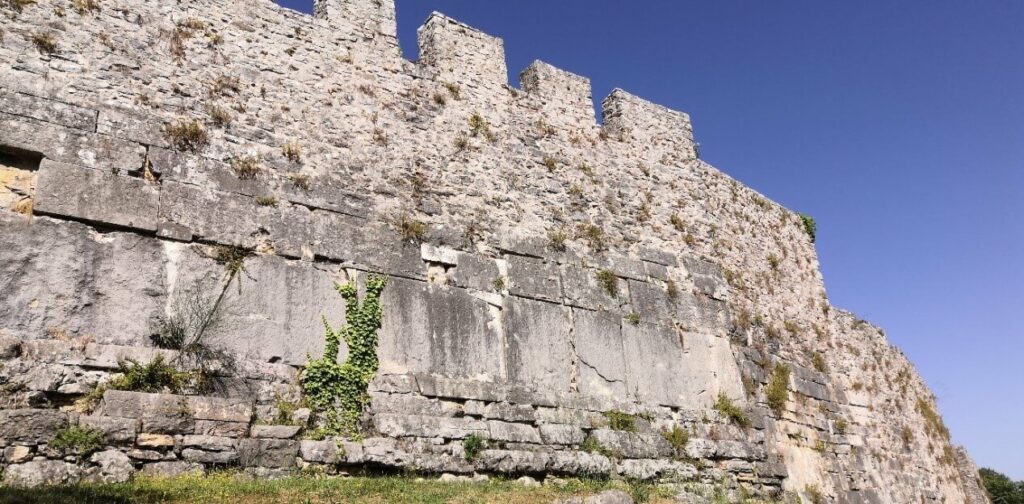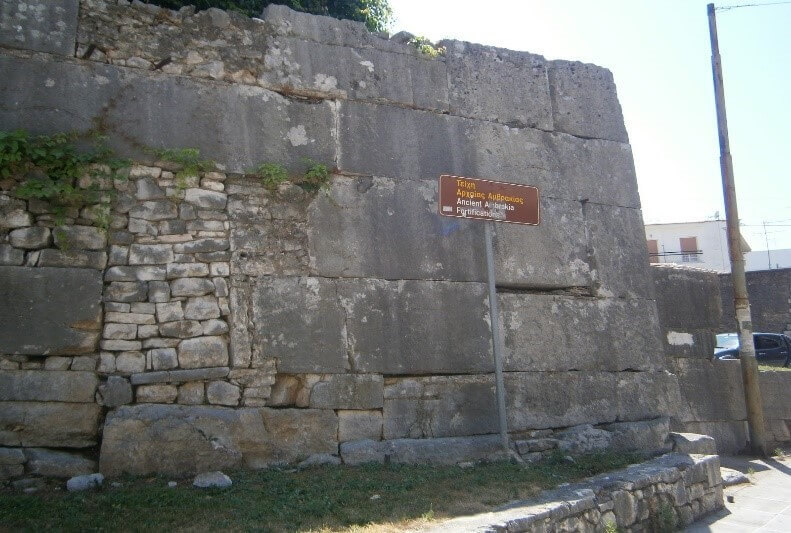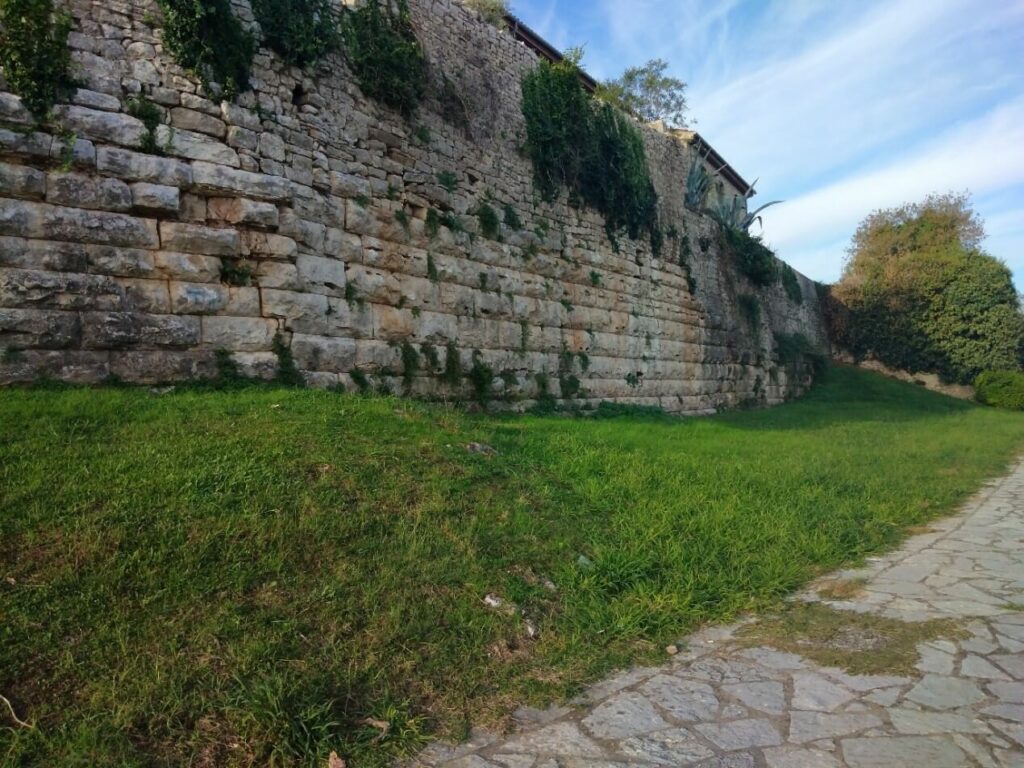The ancient city of Ambracia, known from written sources, is buried under the modern city of Arta, as confirmed by archaeological data. Ambracia was founded in the context of the second Greek colonization in 625 B.C. by Gorgos, the illegitimate son of Kypselos, the tyrant of Corinth. It was the most important Corinthian colony in north-western Greece after Corcyra (modern Corfu). In the location of this area, which until then belonged to the Dryopes, known from the sources as Thesprotian tribe, there was already from the 9th century a continental settlement with dwellings made of perishable materials and its own handmade pottery. In the 8th century, the Corinthians established a commercial base there, coexisting harmoniously with the local population for more than a century, until the final establishment of the colony.

The choice of location, of course, was not accidental, as it was dictated by the significant strategic and commercial advantages it offered. Built on the northern slope of the hill of Peranthi, near the navigable river Arachthos, and at a short distance from the Ambracian Gulf, Ambracia was located on the only road from southern Greece to the mainland and Illyria in the north, but also at the junction of the sea route to the Adriatic in the west. It also had excellent arable land, abundant water for irrigation, and access to areas with shipbuilding timber.
Given the above circumstances, the inhabitants were forced to fortify the city to protect it from enemies, as well as from the frequent floods of the Arachthos River. The views of various scholars vary and it is not known when the construction of Ancient Ambracia Fortifications began. Most indications and the excavations that have been carried out until today, place the existence of a precinct from the 6th century BC, while in the middle of the 4th century BC, a new fortification precinct of monumental dimensions was built. Due to its chronological development, the masonry of the fortification has various typological features.

The strong and imposing fortified enclosure, 4.5 km long, made of domestic limestone, was enclosing an area of more than 100 hectares during the heyday of Ambracia. According to the testimony of Livy, its perimeter was about four Roman miles (+/- 5,5 km). The fortification played a decisive role in the life of the inhabitants of the ancient city, since at times it protected them from the rushing waters and floods of the river Arachthos, especially on the northern side of the city, the wall was mainly intended to prevent the destructive attacks of the Arachthos.

The fortification combined with the city’s location next to the navigable river Arachthos, which led to the Ambracian Gulf via Ambracus, the port of Ambracia, were the strong elements that helped Pyrrhus to choose Ambracia and to transfer the royal capital to it at the beginning of the 3rd century B.C.
The strong wall played a key role in the outcome of enemy raids against the ancient city, such as in 219 B.C., which prevented Philip’s attack, and in the famous siege by the legions of the Roman consul Marcus Fulvius in 189 B.C.
In fact, according to Polybius and Titus Livy, the Romans organized three camps in order to blockade the city and attack the walls unopposed. Two of these were opposite the western side of the Ambracia wall and another, the Castellum as mentioned by Titus Livy, south of the citadel, probably on the hill of the Prophet Elijah.
The parts of the ancient wall that were saved until today, demonstrate work of elaborate construction and have remained visible in the passage of the centuries in several parts of the modern city. The most characteristic are in the lower part of the Castle of Arta, on the hill of the Holy Metropolis of Arta, near the Holy Temples of Aghioi Theodoroi and of Aghios Markos and the Monastery of Phaneromeni. The Ancient Ambracia Fortifications are still one of the most impressive and magnificent sights of the city of Arta.
Chronological timeline
Existence of an indigenous settlement at the future position of Ambracia.
Establishment of a Corinthian enterpot at the same location.
Foundation of Ambracia by the Corinthians.
Ambracia take part in the naval battle of Salamis and the battle of Platea.
Ambracia aides Corinth in the conflict with Corfu and in the Peloponnesian War the city takes the side of Corinth
Unavailing efforts of Argos Amphilochicon and Olpes.
Ambracia evades submission to Philip II of Macedonia.
A Macedonian garrison is stationed in the city until Philip’s death in 336 B.C.
Ambracia becomes the capital of the Pyrrhus’ state and reaches its apex.
Assassination of the Deidamia, last descendant of Pyrrhus & Ambracia in the Epirote League.
Ambracia is besieged by the consul Marcus Fulvius Nobilior-The city capitulates and accepts a roman garrison.
Foundation of Nicopolis by Octavianus Augustus – Relocation of the Ambracians to the new city.

